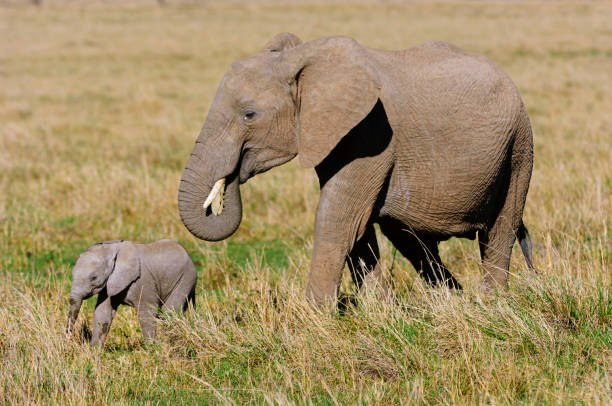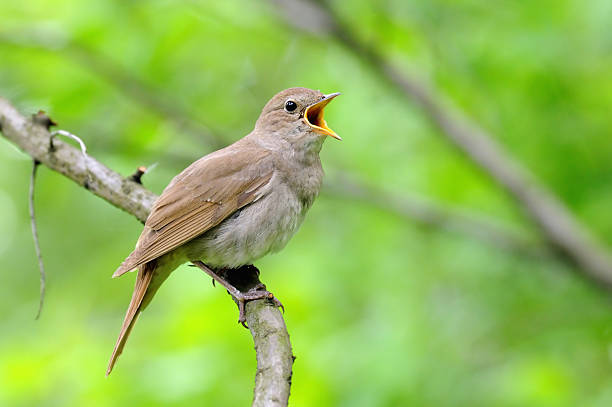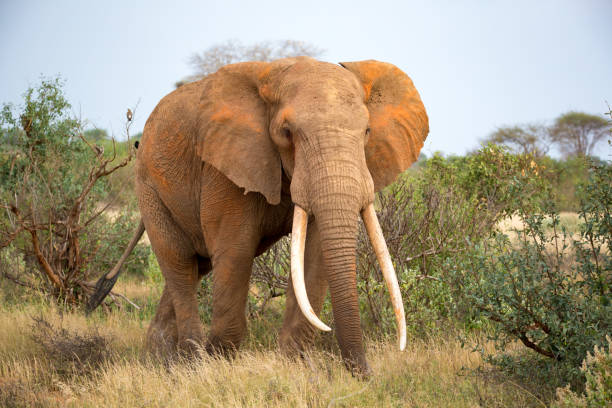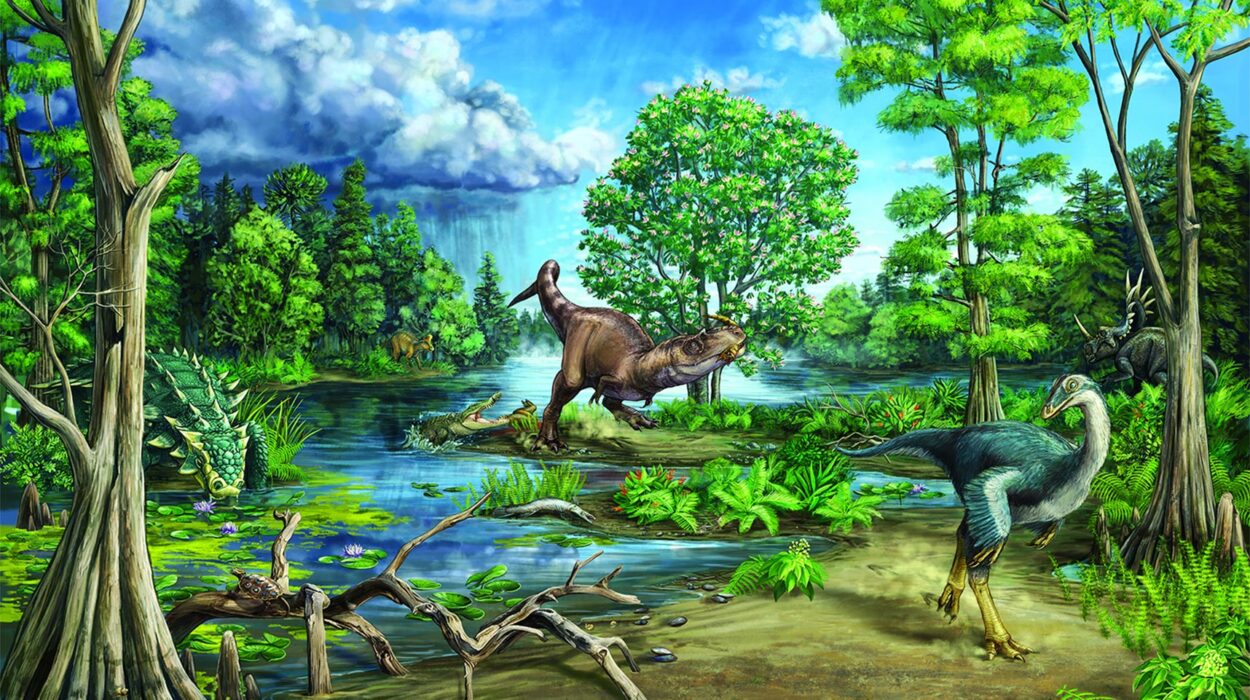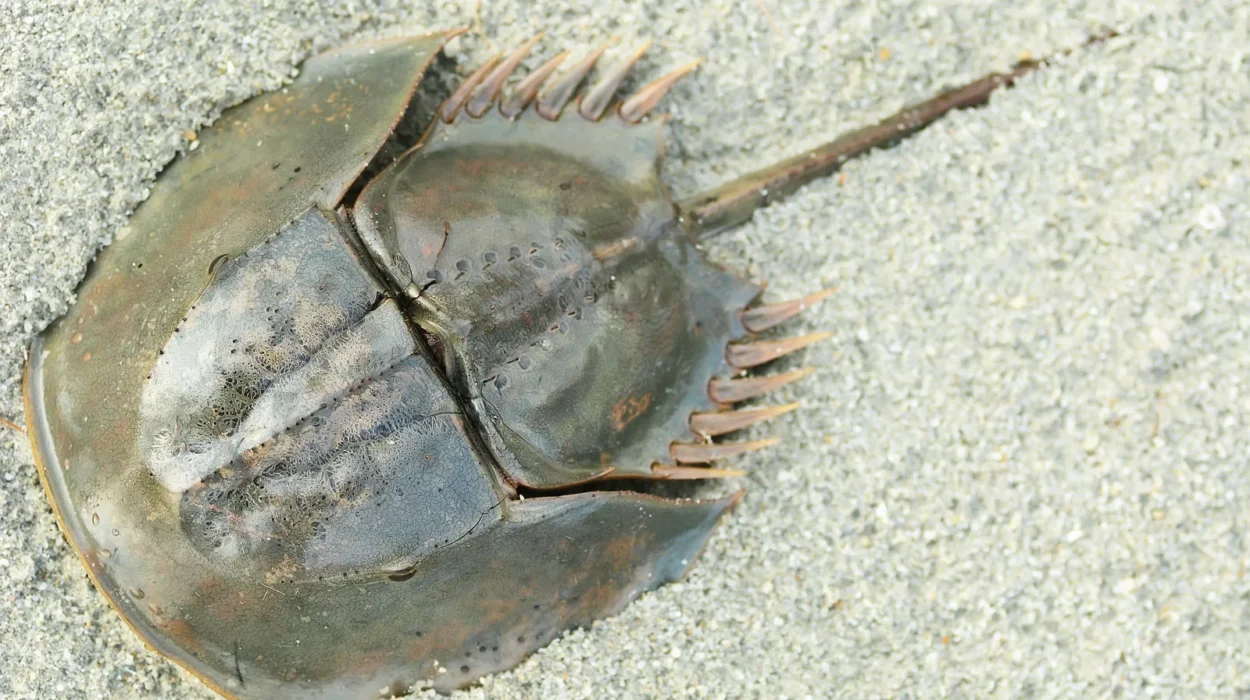There is something universally magical about baby animals. One glimpse of their wide eyes, wobbly steps, or tiny paws, and the heart melts instantly. Science calls this reaction the “baby schema” — a set of features like big heads, round faces, and large eyes that trigger our instinct to nurture and protect. Whether it’s a fluffy cub stumbling through tall grass or a newborn seal blinking in its first sunlight, these fragile moments of life reveal nature’s tenderness in its purest form.
Yet, beneath the charm lies the fierce determination to survive. Every baby animal in the wild must navigate the dangers of its world — predators, hunger, and the elements — armed only with instinct and the protection of family. Their innocence hides remarkable resilience.
Let’s journey into the heart of the wild and meet twelve of the most irresistibly cute baby animals that enchant scientists, photographers, and animal lovers alike.
1. Lion Cubs – The Royal Babies of the Savannah
Born into the golden grasses of Africa, lion cubs are bundles of playfulness wrapped in spotted fur. Despite their regal future, their early days are fragile — born blind, weighing only about three pounds, and entirely dependent on their mothers.
Lionesses keep their cubs hidden for several weeks after birth to protect them from predators, including rival lions. When they finally emerge, they wobble through the savannah, chasing each other’s tails and tumbling clumsily over rocks.
Their play is more than adorable; it’s training. Each pounce, swipe, and growl teaches them how to hunt and defend themselves. A lion cub’s roar might sound like a squeak now, but within a few years, it will echo across the plains — the call of a future king or queen.
What makes lion cubs so heart-melting is their family dynamic. Lion mothers are deeply affectionate, grooming and cuddling their cubs constantly, while siblings form lifelong bonds that carry into adulthood. Watching them play beneath the African sun is to witness the very heartbeat of the wild.
2. Elephant Calves – Giants with Gentle Hearts
A baby elephant is a living paradox — enormous yet delicate, clumsy yet full of grace. Born weighing around 250 pounds, an elephant calf spends its first moments wobbling on shaky legs under the watchful eyes of the herd’s matriarchs.
From the moment of birth, the entire herd participates in raising the baby. Elephants are profoundly social animals, and their care extends beyond motherly instinct — aunts, sisters, and even older cousins take turns protecting and guiding the newborn.
Elephant calves are incredibly curious. They explore their world with their trunks, learning to use them for drinking, grabbing, and play. Early attempts are comically uncoordinated — they often trip over their trunks or accidentally spray dust instead of water. But as they grow, the trunk becomes a tool of intelligence and emotion, capable of delicate gestures like stroking another’s face.
Beyond their physical cuteness, elephant calves embody empathy. They express joy, sorrow, and compassion in ways that echo human emotion. Watching a baby elephant cuddle against its mother or trumpet with delight reminds us of the deep emotional lives these giants possess.
3. Red Panda Cubs – The Forest’s Adorable Fireballs
High in the misty forests of the Himalayas and southwestern China, red panda cubs are born inside hollow trees, wrapped in soft nests made of moss and leaves. Their tiny faces, framed by russet fur and dark patches around their eyes, give them a permanently curious expression.
Red panda mothers are devoted caregivers. For the first few weeks, they visit their cubs several times a day, grooming and feeding them, while keeping them hidden from predators. As the cubs grow, they begin to explore the forest canopy, mastering the art of climbing and balancing on branches.
Their movements are endearingly awkward at first — a mix of bravery and hesitation. Yet, every step is part of their evolution into agile, tree-dwelling adults.
Red panda cubs are irresistibly fluffy, with thick fur that protects them from cold mountain air. Their quiet squeaks and gentle purrs add to their charm, creating an image of innocence that captures hearts around the world. Sadly, red pandas are endangered, and each cub represents a fragile hope for the species’ survival.
4. Polar Bear Cubs – The Snowy Wonders of the Arctic
In the frozen stillness of the Arctic, a mother polar bear digs a snow den, where her tiny cubs are born during the dark winter months. Each cub weighs barely a pound — a fragile, blind creature in one of the harshest environments on Earth.
For months, the family remains sheltered beneath the snow. The mother doesn’t eat, drink, or leave, surviving entirely on stored fat reserves. She nurses her cubs with rich milk that helps them grow rapidly. When spring sunlight finally breaks through, the den opens, and the cubs experience snow for the first time.
They tumble, roll, and slide, their white fur blending with the ice as they learn to navigate the frozen landscape. Their mother teaches them to dig, swim, and hunt — skills essential for survival in a rapidly changing Arctic.
Polar bear cubs symbolize both beauty and vulnerability. Their playfulness, set against the stark backdrop of endless white, reminds us how precious life is — and how deeply it depends on the fragile balance of nature.
5. Koala Joeys – The Sleepy Dreamers of the Eucalyptus Forest
Few creatures capture the essence of calm as perfectly as a baby koala. Known as a joey, it begins its life as a pink, jellybean-sized newborn, barely the size of a grape. Born after just 35 days of gestation, it crawls blindly into its mother’s pouch, where it continues to develop for months.
Inside the pouch, the joey grows soft gray fur and begins to resemble the koalas we know — round ears, black nose, and sleepy eyes. Once it’s strong enough, it peeks out, clinging to its mother’s chest as she moves from tree to tree.
Koala joeys spend most of their time sleeping, napping up to 20 hours a day. They feed on “pap,” a special nutrient-rich form of their mother’s feces that helps them digest eucalyptus leaves. Though that detail may not sound cute, it’s a vital part of their development.
Their innocent faces and slow, deliberate movements exude peace. Watching a baby koala wrapped around its mother’s back, gently dozing in the sunlight, feels like witnessing serenity itself.
6. Penguin Chicks – The Tiny Survivors of Ice and Wind
In the frozen realms of Antarctica, penguin chicks are tiny miracles of warmth and perseverance. Born from eggs carefully guarded against the cold, these down-covered babies depend entirely on their parents’ devotion.
Emperor penguin chicks, for example, hatch during the harsh Antarctic winter. While the mother hunts for food at sea, the father balances the egg on his feet, covering it with a warm fold of skin called the brood pouch. After hatching, the chick spends its early life in this protective cocoon, shielded from temperatures that can drop below -60°C.
Once the mother returns, the family reunites in tender celebration, with the chick chirping loudly as it’s fed regurgitated fish. The sight of fluffy gray chicks huddled together in colonies, braving blizzards while their parents take turns feeding them, is both adorable and awe-inspiring.
Penguin chicks wobble, tumble, and slide across the ice, learning to walk in groups called crèches. Their perseverance in such brutal conditions makes their sweetness even more profound — a reminder that tenderness can thrive even in the harshest of worlds.
7. Giraffe Calves – The Long-Limbed Wonders of the Plains
When a giraffe calf is born, it begins life with a dramatic first experience — a six-foot drop to the ground. Standing nearly six feet tall at birth, it takes its first wobbly steps within hours, guided by the gentle nudges of its towering mother.
Giraffe calves are all legs and eyelashes — awkward yet elegant. Their wide eyes and curious expressions radiate innocence. Within days, they begin to run, learning to keep up with the herd across the open savannah.
Mother giraffes are incredibly protective. They guard their calves fiercely, using their powerful legs to fend off predators. The bond between them is tender and constant; the calf follows its mother closely, often resting its head against her side.
What makes giraffe calves so endearing is their contrast — the blend of fragility and strength. They seem like delicate porcelain creatures walking under the vast African sky, growing taller and braver with each passing day.
8. Sea Otter Pups – The Floating Fluffballs
Few things on Earth are as heart-melting as a sea otter mother floating on her back with her baby resting on her belly. Covered in thick, fluffy fur — the densest of any animal — sea otter pups are literal floating fluffballs.
Born in the chilly waters of the Pacific, these pups can’t dive right away because their buoyant fur keeps them afloat. For the first few weeks, the mother grooms her pup constantly, blowing air into its fur to keep it warm and waterproof.
Otter mothers are endlessly patient teachers. They bring their pups food, show them how to crack shells on rocks, and even wrap them in kelp “blankets” to prevent them from drifting away.
Sea otter pups are curious and playful, often clapping their paws, nibbling on their mother’s whiskers, or rolling in the water. Their adorable faces and strong maternal bonds make them symbols of joy and love in the wild.
9. Fox Kits – The Mischievous Explorers
In springtime forests and fields, the den of a red fox comes alive with the chirps and squeaks of playful kits. These baby foxes, born blind and helpless, soon grow into mischievous, intelligent explorers.
At first, they rely on their mother’s milk, but within weeks, they begin to nibble on solid food brought by both parents. When they finally venture outside the den, their world expands into a playground of discovery.
Fox kits chase insects, wrestle with their siblings, and practice their hunting skills through playful ambushes. Their fluffy coats, bright eyes, and oversized ears make them almost unbearably cute — especially when they tilt their heads with curious expressions.
They also learn from observation. Foxes are quick learners, developing complex hunting and problem-solving skills early in life. The blend of curiosity, intelligence, and mischief makes them some of the most charismatic creatures in the wild.
10. Panda Cubs – The Living Definition of Adorable
When it comes to sheer cuteness, few animals rival a baby panda. Born tiny, pink, and nearly hairless, panda cubs weigh less than five ounces — about 1/900th of their mother’s weight. Over time, they develop the iconic black-and-white markings that make them instantly recognizable.
Panda mothers are extraordinarily gentle. They cradle their cubs, constantly grooming and protecting them. The cub’s squeaks and cries resemble the sound of a baby’s laughter — soft, high-pitched, and full of life.
As they grow, panda cubs begin to roll, tumble, and climb. Their playful nature makes them a favorite subject of photographers and zoo visitors alike. Yet in the wild, these antics serve a purpose — building the strength and coordination needed to navigate bamboo forests.
Behind their innocent faces lies a delicate struggle for survival. Habitat loss and low birth rates threaten pandas in the wild, making every cub a precious gift to conservation. Their cuteness carries a message — one of hope and the urgent need to protect the beauty of the natural world.
11. Sloth Babies – The Slow-Motion Sweethearts
If calmness could take shape, it would look like a baby sloth. Nestled in the canopy of Central and South American rainforests, baby sloths cling to their mothers with tiny claws, moving with serene, unhurried grace.
Born with a gentle face and a perpetual smile, baby sloths spend their early months attached to their mother’s chest, learning to navigate the treetops. Their slow movements are not laziness but a brilliant adaptation — conserving energy and avoiding predators by blending with the branches.
They communicate through soft squeaks, calling to their mothers when they drift apart. Watching a baby sloth scratch its belly, blink slowly, or cuddle into its mother’s fur feels like therapy for the soul.
Though they seem fragile, baby sloths are tough survivors. They learn to climb and feed on leaves, developing the strength to live independently within six months. Their calm, contented expressions remind us that even in nature’s chaos, peace can thrive.
12. Meerkat Pups – The Desert’s Little Guardians
In the arid plains of southern Africa, a family of meerkats gathers around the entrance of a burrow. From the shadows emerge tiny faces — wide-eyed, alert, and impossibly cute. The meerkat pups have arrived.
Born blind and furless, they spend their first few weeks underground, cared for not only by their parents but by the entire clan. Meerkats are cooperative breeders, meaning the whole group helps raise the young. Babysitters take turns watching over the pups while others forage or stand guard.
When the pups finally venture above ground, their curiosity is boundless. They wobble on unsteady legs, chirping and squeaking as they explore the sandy world around them. Their oversized eyes and tiny paws give them an almost toy-like charm.
But meerkat pups are quick learners. They mimic adults, practicing digging and hunting insects. Within weeks, they are skilled enough to fend for themselves. Their playfulness and teamwork reflect a deeper truth about survival in the desert — unity is strength, and every tiny member matters.
The Science of Why We Love Them
What is it about baby animals that captivates us so deeply? Scientists believe it’s rooted in evolution. The “cute response” — an emotional surge triggered by youthful features — evolved to ensure adults care for their young. When we see big eyes, small noses, and soft bodies, our brains release oxytocin, the “love hormone,” promoting empathy and protection.
But beyond biology, there’s something profoundly human about our fascination. Baby animals represent innocence, hope, and renewal — qualities that remind us of our own capacity for kindness. Watching them grow and thrive renews our connection to the natural world.
The Beauty and Fragility of New Life
Every baby animal, whether a lion cub or a penguin chick, carries within it the future of its species. Their survival depends not only on their parents and instincts but increasingly on us — on our choices, conservation efforts, and respect for the ecosystems they call home.
Cuteness, then, is not just nature’s trick to make us smile. It is an invitation — to care, to protect, to remember that the world’s beauty lies in its most fragile forms.
Final Reflections: Tiny Faces, Immense Wonder
The wild is often portrayed as ruthless, but in the softness of a baby animal’s gaze, we see its gentler side. Each heartbeat, each first step, each playful tumble is a miracle of survival and love.
From the snow dens of polar bears to the leafy treetops of sloths, these tiny lives remind us that nature’s most powerful story is not one of strength, but of tenderness.
To watch a baby animal in the wild is to glimpse the very beginning of wonder — a reminder that even in the vastness of the planet, life’s most extraordinary moments often come wrapped in the smallest, softest packages imaginable.
